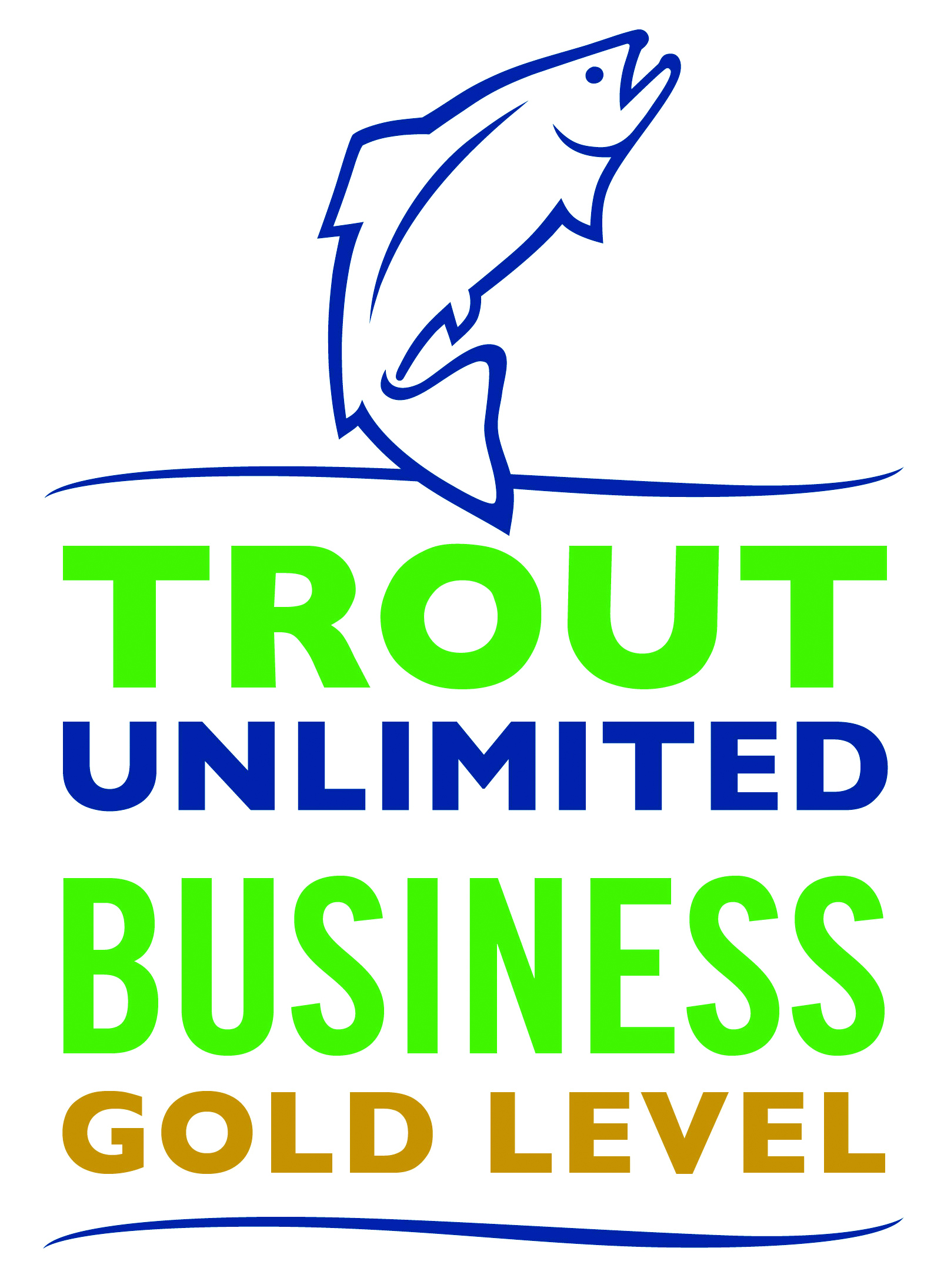Economic Impact of Wildlife-Associated Recreation in Georgia: 2011Wildlife-related recreation generates billions of dollars for our nation's economy every year.
In an effort to highlight the contributions of southeastern hunters, anglers, and wildlife watchers, we are featuring findings from the 2011 National Survey of Fishing, Hunting, and Wildlife-Associated Recreation report.This report is the result of interviews conducted by the Census Bureau with U.S. residents about their fishing, hunting, and wildlife watching. It focuses on 2011 participation and expenditures of persons 16 years of age and older.
Wildlife-related recreation is fishing, hunting, and wildlife-watching activities. These categories are not mutually exclusive because many individuals participated in more than one activity. Wildlife-related recreation is reported in two major categories: (1) fishing and hunting, and (2) wildlife watching, which includes observing, photographing, and feeding fish or wildlife.
According to the report, in 2011 3.1 million people participated in wildlife-related recreation in the state of Georgia, generating $4.6 billion for our economy.
Graphs and charts on this page are from the original report. The full report is available here!
|
|
Unicoi Outfitters is north Georgia's premier guide service and fly fishing outfitter, located on the Chattahoochee River near alpine Helen. Look for fishing reports, gear and book reviews, and general musings here from our staff and guides.
Thursday, September 26, 2013
Economic Impact of Wildlife-Associated Recreation
Posted by
Lee
at
9:41 AM
This is important information from the U.S. Fish and Wildlife Service...specifically, they quantify the financial impact of fishing and other wildlife-associated activities in the Southeast, and on a state-by-state basis. It's good information that our politicians should be aware of when they propose such short-sighted measures as closing down Federal fish hatcheries. Failing to consider the full impact of the activities supported by these facilities does us all an injustice:
Subscribe to:
Post Comments (Atom)









No comments:
Post a Comment